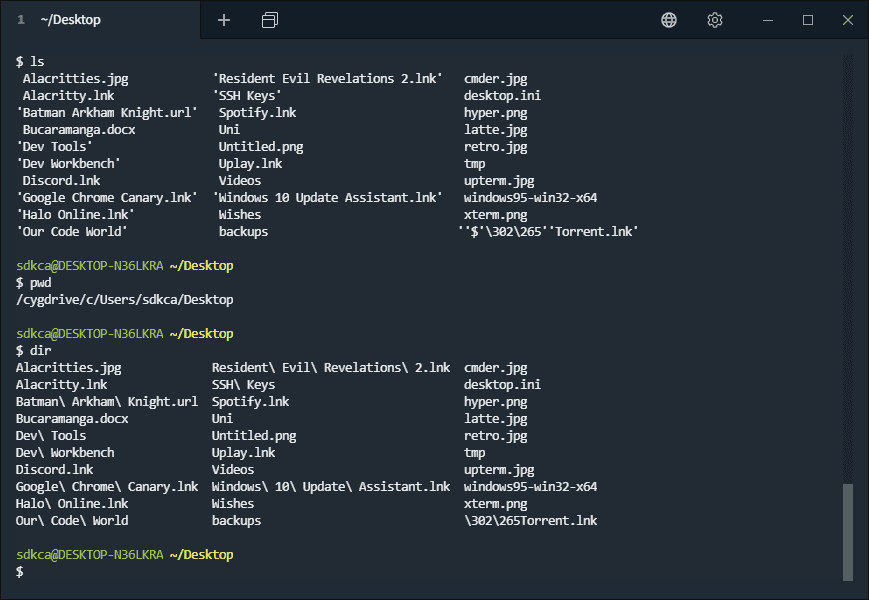

- #MAC OS WINDOWS HYPERTERMINAL EMULATOR FOR MAC OS#
- #MAC OS WINDOWS HYPERTERMINAL EMULATOR INSTALL#
- #MAC OS WINDOWS HYPERTERMINAL EMULATOR DOWNLOAD#
#MAC OS WINDOWS HYPERTERMINAL EMULATOR DOWNLOAD#
You do not need to download any additional components or make any complex adjustments.
#MAC OS WINDOWS HYPERTERMINAL EMULATOR INSTALL#
You do not need to have CrossOver on your computer to install the platform from the ready-made DMG package. The trading platform is among these applications. Compatibility with these applications is extensively tested and debugged, so they tend to run more stable than in Wine. In contrast to "pure" Wine, CrossOver has more specialized nature as it is aimed at supporting the most popular office and other Windows applications.

Therefore, its development is much faster: the environment is optimized for better performance of Windows applications, while detected errors are quickly fixed. This platform is based on Wine, but unlike other projects and Wine itself, CrossOver is a commercial product. The installation package is compiled using CrossOver technology.
#MAC OS WINDOWS HYPERTERMINAL EMULATOR FOR MAC OS#
The trading platform for Mac OS supports the Apple M1 chip and works reliably on any system version including Big Sur. Install the platform similarly to any other application drag the platform icon to Applications and wait for the installation to complete. The easiest way to install the trading platform is download the ready-made package from the official website. Thus, some functions in the applications you start under it may work improperly or not work at all. If you ever lose your place and which directory you're in, type pwd (print working directory) and press Return to echo the current path.Note that Wine is not a fully stable application. This is a very common command that will be used when working with the CLI. What it does: This command will change the directory that you're currently working with in the Terminal in order to execute other commands on a different directory, view the contents of a different directory or open a file in a different directory.

SEE: macOS tune up checklist (TechRepublic Premium) 1. Open up the Terminal and follow some of the basic CLI commands below to grow your knowledge of how you can use command line interfaces on a modern Mac to get work done. The Terminal will then respond after the command has been executed with any relevant information available (some commands may not echo back any output). The Terminal works by entering commands on the keyboard and pressing return to execute the commands. This app can be found inside of the Applications | Utilities folder (open a Finder window and press Command+Shift+U). Commands can be chained together to increase their usage, and more.Īnyone on a Mac built after Mac OS X's initial debut in 2001 can experience the command line interface through the Terminal app on their Mac through the UNIX-based shell. Some things in the Terminal allow users to work faster for basic or repetitive tasks. Over the years the Mac GUI has changed the way we work, but still, many people use the command line for its ability to control and automate tasks, or even configure features on the Mac that are only accessible through the CLI.

The purists among us often prefer to use the CLI as a means of manipulating the computer and getting it to perform tasks instead of using a mouse to get things done. At one time the CLI was the only way to accomplish anything on a computer then, the CLI gave way to the graphical user interface (GUI) as the popularity of PCs increased. Terminal, or the command line interface (CLI), is considered by many to be the Holy Grail of computer management.


 0 kommentar(er)
0 kommentar(er)
